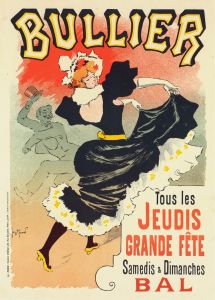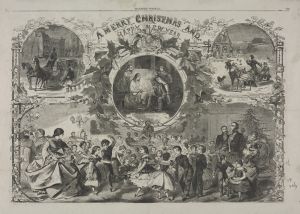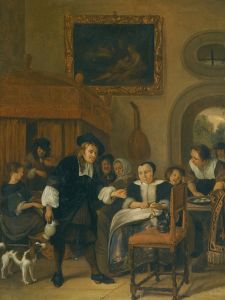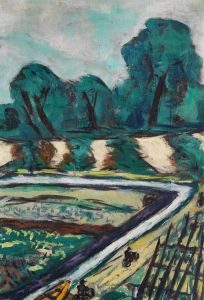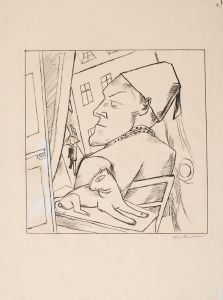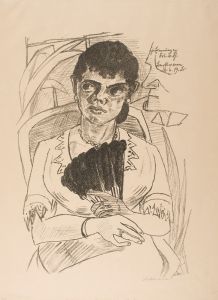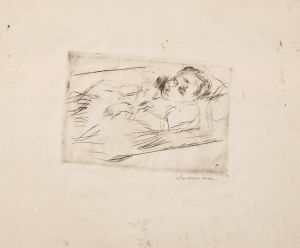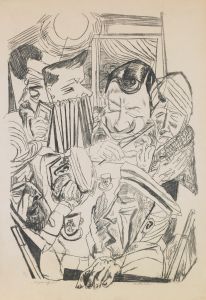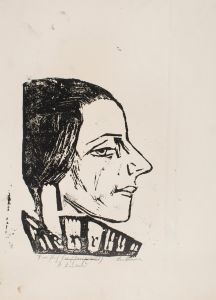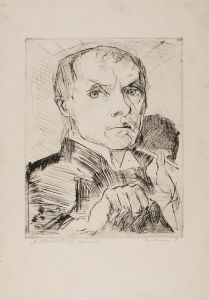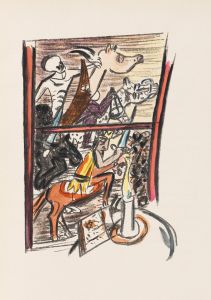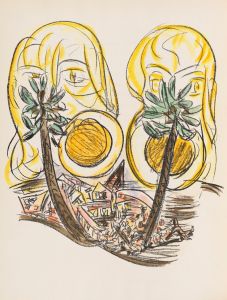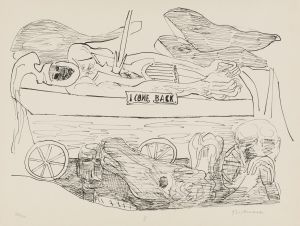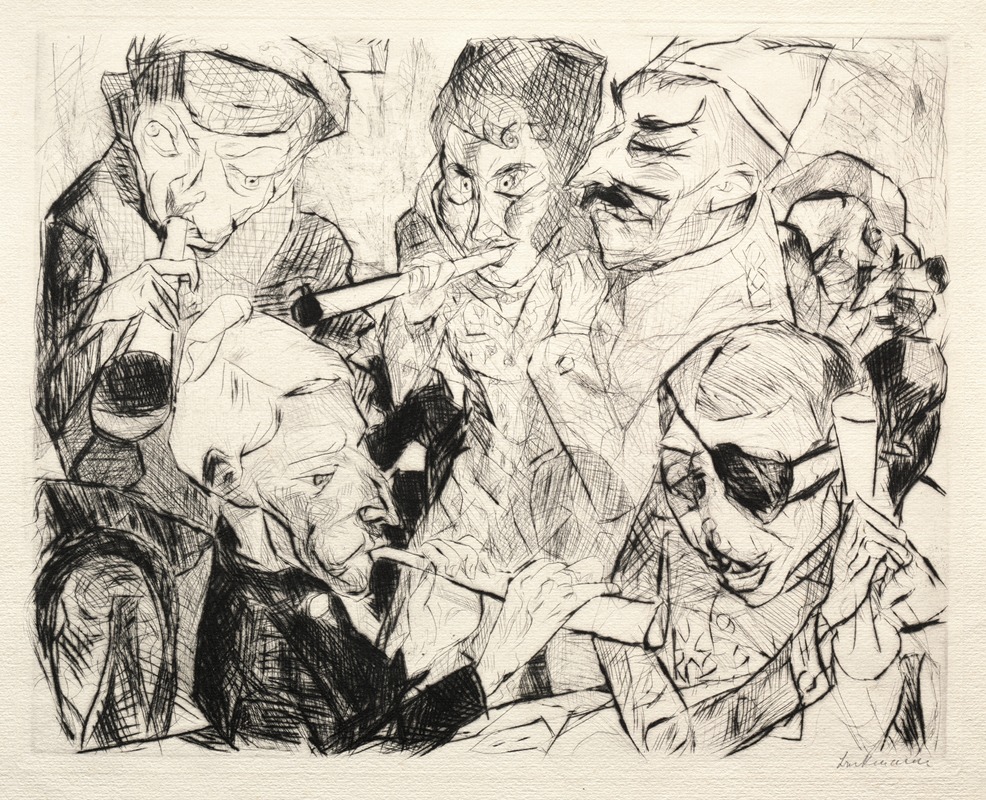
Happy New Year 1917
A hand-painted replica of Max Beckmann’s masterpiece Happy New Year 1917, meticulously crafted by professional artists to capture the true essence of the original. Each piece is created with museum-quality canvas and rare mineral pigments, carefully painted by experienced artists with delicate brushstrokes and rich, layered colors to perfectly recreate the texture of the original artwork. Unlike machine-printed reproductions, this hand-painted version brings the painting to life, infused with the artist’s emotions and skill in every stroke. Whether for personal collection or home decoration, it instantly elevates the artistic atmosphere of any space.
"Happy New Year 1917" is a painting by the German artist Max Beckmann, created during a tumultuous period in history. Beckmann, born in 1884 in Leipzig, Germany, was a prominent figure in the Expressionist movement, although he later distanced himself from the label. His work is known for its intense emotional depth and complex symbolism, often reflecting the socio-political upheavals of his time.
The painting "Happy New Year 1917" was completed during World War I, a conflict that had a profound impact on Beckmann's life and art. Beckmann served as a medical orderly in the German army during the war, an experience that exposed him to the horrors of battle and human suffering. This exposure deeply influenced his artistic vision, leading to a darker, more introspective style.
"Happy New Year 1917" is emblematic of Beckmann's response to the war and the broader societal changes occurring in Germany and Europe. The painting captures the tension and uncertainty of the era, juxtaposing the traditional celebration of the New Year with the grim realities of wartime. Beckmann's use of bold colors and distorted forms creates a sense of unease, reflecting the fractured world in which he lived.
The composition of the painting is complex, featuring multiple figures and elements that seem to exist in a state of disarray. This chaotic arrangement can be seen as a metaphor for the instability of the time. Beckmann's figures are often depicted with exaggerated features and expressions, conveying a range of emotions from despair to defiance. This stylistic choice is characteristic of Beckmann's work, as he sought to explore the psychological depths of his subjects.
Beckmann's art during this period is marked by a departure from the more traditional techniques he employed earlier in his career. Influenced by the Expressionist movement, he began to experiment with form and color, using them to convey emotional and symbolic content rather than focusing solely on realistic representation. This shift is evident in "Happy New Year 1917," where the distortion of figures and the vivid, sometimes jarring color palette serve to heighten the emotional impact of the scene.
The painting is also notable for its reflection of Beckmann's personal experiences and observations. Having witnessed the devastation of war firsthand, Beckmann infused his work with a sense of urgency and a desire to confront the viewer with the harsh truths of the human condition. "Happy New Year 1917" stands as a testament to Beckmann's ability to capture the complexities of his time, offering a poignant commentary on the intersection of personal and historical narratives.
Max Beckmann's legacy as an artist is significant, with his works continuing to be studied and appreciated for their emotional depth and innovative approach to form and content. "Happy New Year 1917" remains an important piece within his oeuvre, exemplifying his skill in merging personal experience with broader historical themes to create art that resonates on multiple levels.






